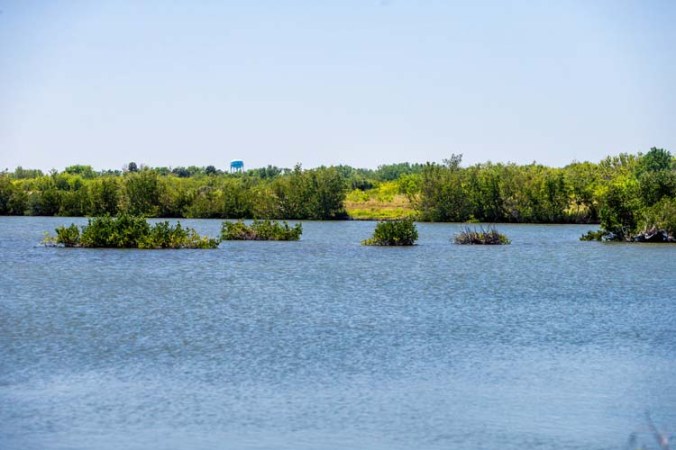
We have been writing a lot about how Barry Shapiro and Carter Taylor have been making allegations about the legality and environmental faults of Spoonbill Marsh and how on April 12, 2018 Barry Shapiro wrote: “I make no bones about it when I admit that my personal goal is to SHUT SPOONBILL DOWN.”
Related articles:
On 8/5/2016 Barry Shapiro and Carter Taylor released a document entitled:
“What’s really going on at Spoonbill Marsh.”
The last page referred to:
“TENTATIVE CONSEQUENCES
Bottom Line:
2.34 millions of gallons a day (mgd) unexplained (0.71 mgd unaccounted + 1.63 mgd inflated WIM-02 estimates)
78% of the average input volume of 2.99mgd is unexplained.
Only 22% of volume is being treated as permitted.”
Essentially what we believe Mr. Shapiro and Mr. Taylor are saying is that there is more water coming into the Marsh from the Indian River Lagoon for treatment than what is flowing back out into the Lagoon. They feel it is “unaccounted” for.
What Mr. Shapiro and Mr. Taylor didn’t take into account in their study is nature; evaporation, transpiration, evapotranspiration (the combination of evaporation and transpiration) and infiltration.
Evaporation
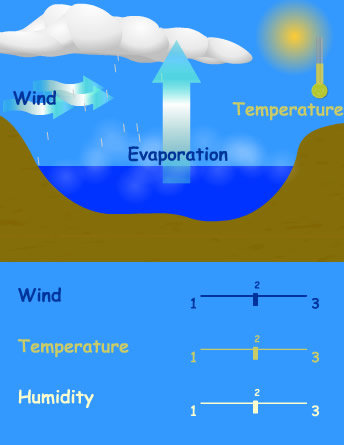
Larry Benson, of the U.S. Geological Survey wrote: “There are a number of factors affecting the evaporative process including the difference between air and surface temperatures, type of clouds, degree of cloudiness, solar irradiation, and relative humidity. There can be as much evaporation on a cloudy humid day as a sunny day.
He cited pan evaporation data collected at the Fallen Agriculture Field Station near the geographic center of the Newlands Irrigation Project in Nevada, which offers the only long term record of evaporation for the Lahontan Valley.
The Lahontan Dam is the largest structure in the Newlands Project. It is an earthen dam measuring about 120 feet high and 1,300 feet wide and forms the Lahontan Reservoir. The reservoir is 23 miles long, covers 100,000 acres, has 70 miles of shoreline, and holds 320,000 acre-feet of water
Records from the Agriculture Field Station show an average annual evaporation rate of 60.6 inches/year for the period between 1940 and 1993. An earlier report prepared by the Fish and Wildlife Service (June, 1964) cites pan evaporation data at the Agriculture Field Station to average 54.88 inches/year for the period between 1906 and the 1960’s.
Further, he cited studies done in California which showed the actual evaporation rates from large bodies of water where the mean annual evaporation rate is calculated to be 51.58 inches/year.
It is reported that the Hyacinth Water Project in Orlando, FL releases 1/4 inch of water per day to the atmosphere.
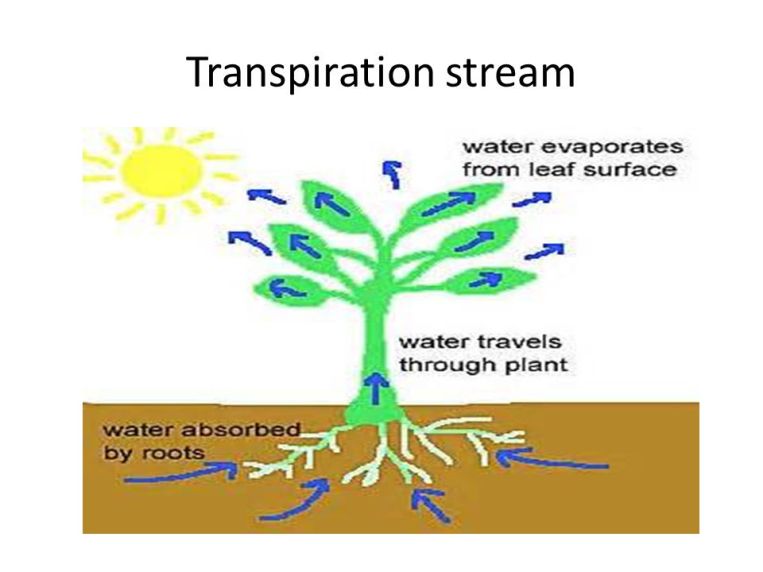
Transpiration accounts for the movement of water within a plant and its evaporation from parts such as leaves, stems and flowers. According to Wikipedia, “Water is necessary for plants but only a small amount of water taken up by the roots is used for growth and metabolism. The remaining 97–99.5% is lost by transpiration.”
Wildlife along a wetlands takes up water like sponges.
Then there is Infiltration
Infiltration is the process by which precipitation or water soaks into subsurface soils and moves into rocks through cracks and pore spaces.
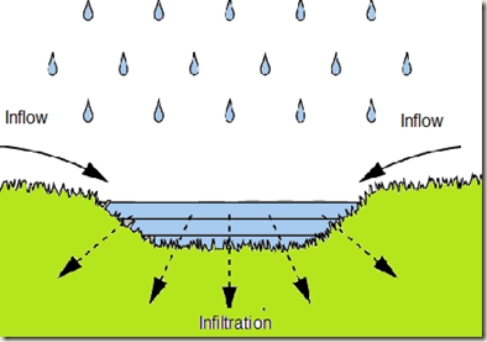
According to the USGS Water Science School, “Gravity pulls water toward the center of the Earth. That means that water on the surface will try to seep into the ground below it.
Try as it might, gravity doesn’t pull water all the way to the center of the Earth.”
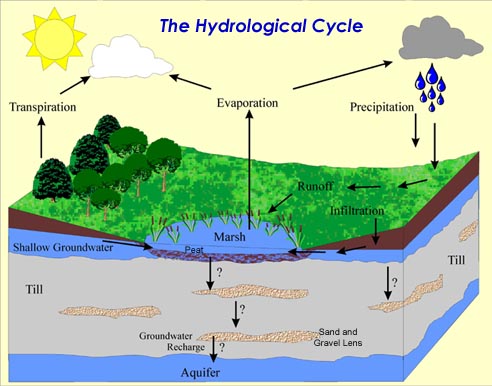
Please contact us with any questions. We are working on Issue Two.
Pingback: Spoonbill Marsh, Vero Beach, FL. Issue Two. | Vero Communiqué